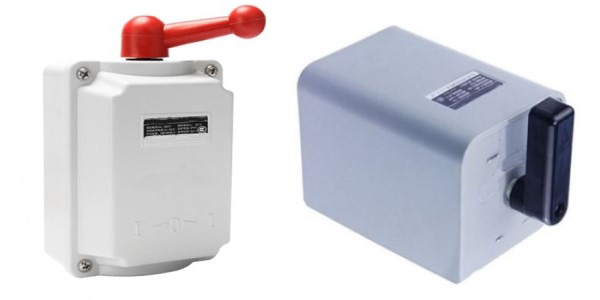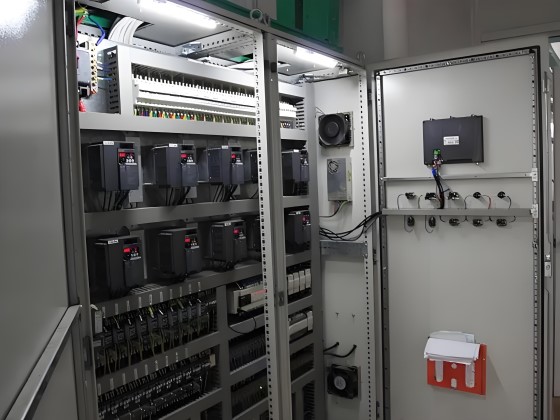What is a Forward Reverse Switch?
Forward reverse switches, as a common electrical switching device, are widely used in various circuits due to their simple and practical characteristics. The principle is simple and clear, and by changing the position of the switch, the on/off control of the circuit can be achieved. ATO online store will explore the definition, working principle, and application fields of forward and reverse switches.
A forward and reverse switch is a switching device that can switch between two states. It allows users to switch between two or more different operating modes, such as forward running, reverse running, or stopping. This type of switch usually has three positions, including forward (energized), reverse (energized), and middle position (stopped or disconnected from power). By changing the position of the switch, the forward and reverse control of the circuit can be achieved, thereby achieving the forward and reverse operation of the equipment.

Working Principle
The working principle of a forward and reverse switch is based on its internal structure and circuit connection method. Generally speaking, a forward and reverse switch typically consists of an operating lever and multiple circuit contacts. Usually there are at least three contacts, including one for power input, one for forward operation, and one for reverse operation. These contacts connect or disconnect circuits by moving on the operating lever. The contact connection of the forward and reverse switches allows current to flow in different directions.
- When the switch is in the middle position (usually the stop position), all contacts open, the circuit is interrupted, and the motor stops running.
- When the operating lever moves in one direction, such as forward operation, the internal contacts of the switch will connect the power input and forward operation contacts, allowing current to flow to the forward coil of the motor, causing the motor to rotate in the forward direction.
- When the operating lever moves in another direction, such as reverse operation, the internal contacts will connect the power input and reverse operation contacts, and the current will flow to the reverse coil of the motor, causing the motor to rotate in the opposite direction.
Application
The forward-reverse switch is widely used in various electrical control systems.
- In motor control systems, the forward reverse switch enables forward and reverse motor operation.
- In lighting systems, it controls the on/off of lights.
- In fan control systems, it controls fan direction.
Besides electrical control systems, the forward-reverse switch is also extensively used in household appliances, industrial equipment, automotive electronics, and other fields.
- In household appliances, it is commonly used in devices like rice cookers and mixers to achieve forward and reverse operation.
- In industrial equipment, it can be utilized to control the forward and reverse operation of conveyors, elevators, and other machinery.
- In automotive electronics, it can control functions like window up/down and rearview mirror adjustment.
It can be said that forward reverse switches have become an indispensable part of modern electrical control field.

Overall, as a simple and practical electrical switching device, forward and reverse switches have a wide range of application fields and important roles. By switching the switch position, users can change the connection method in the circuit, thereby changing the direction of device movement. As technology continues to evolve, the forward reverse switch remains a cornerstone of electrical engineering, driving innovation and efficiency across industries.

